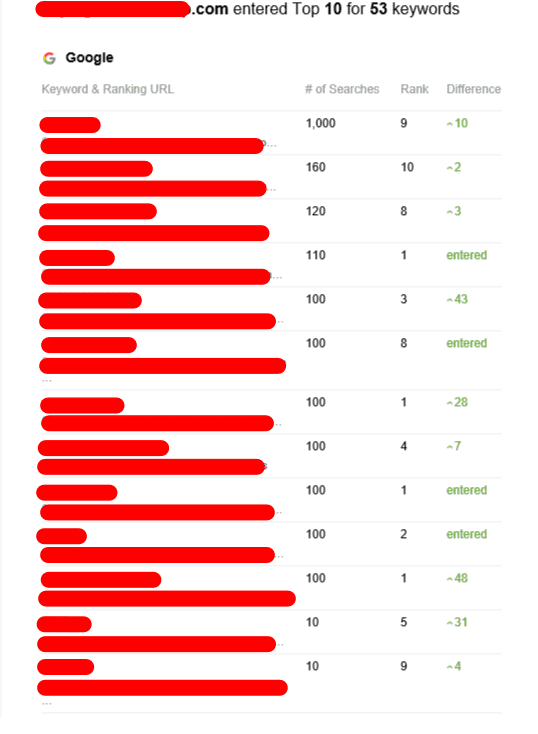Backlink Tier - The Hierarchy of Backlinks That Scale Your SEO Campaign
Backlink tier is the hierarchy of links you create to scale up your SEO campaign. Each level gives you an extra layer of protection from Google's penalties.
To get it right it will take lots of effort and time. This is because Google requires weeks to find new backlinks and determine their quality on the basis of each link.
First-Tier Links
The first tier of links that connect to your piece of content should be of high-quality dofollow backlinks from trusted websites. These links are referred to as Tier 1 backlinks and act as the foundation of your link building strategy. They give your site enough domain authority to rank well on the search engine result pages. For example, if your blog post is published on HubSpot and it has links to tier 1 of SearchEngineLand's compilation of Link Building Statistics, then SearchEngineLand's website rankings will get an upswing from the link equity passed on by HubSpot.
The second tier of backlinks can be more diverse, and they can include low-quality sites, like spammy forum posts or bookmark sites with low value and directories. The main objective with the second tier 2 is to produce high-quality content that links to your first-tier links. This is because quality content can enhance the content the context in which it is placed, and will not stand out as something that has been added for SEO reasons.
To construct an effective tiered campaign, you'll have to invest in high-quality tools and content such as RankerX or GSA. However the time and expense that goes into manually performing a tiered link building campaign can be worth it terms of the increased ranking benefits that come from having a well-structured backlink pyramid.
Second-Tier Links
Tiered link building is intended to allow users to navigate through external sites and then get to your site. To accomplish this it's essential to select second-tier backlink sources that are relevant to your industry and site. Blog posts from guest bloggers are more effective for this purpose than account profiles because they provide content that people will want to read.
It is recommended to avoid using link on forums that are tier-2 or other low quality sites. Instead, use high-quality pages like industry articles or guest posts. These links will appear more natural and will have a greater impact on your ranking in search engines. Additionally they're more likely be identified by Google as having passed link equity, which will increase their ranking value in SERPs.
If you're looking to improve your SEO ranking You should be aware that acquiring these high-quality links manually isn't easy. It could take months to solicit guest blog posts from first-tier publications, and even longer to wait for them to be published. Additionally, it may take weeks to see results of your efforts when it comes to creating new traffic and online conversions.

Additionally, many SEOs turn to automated tools to create links for second-tier sites. This approach could be in violation of Google's Webmaster Guidelines and lead to being penalized.
Third-tier Links
The volume of links at this level is enormous and can be considered to be spammy. They are posted on social media platforms, and on user-generated content sites such as Quora. They are used to index tier two links however they do not pass link equity onto the resource promoted. They are typically nofollow links. At this point, marketers focus more on quantity than quality. They make use of tools to post an enormous number of links in forums, in comment sections of articles, blog posts, in directories and other similar places. This is the point where tiered link building is a grey area and is in violation of Google's webmaster guidelines.
Link-building strategies that are classified require a significant amount of time and energy to be successful. Google can take months or even days to index the backlink. It may then take weeks or even months to see an SEO impact. Therefore, marketers must be patient and use a well-thought-out strategy for content.
Marketers should be cautious about using excessively automated tools for this level of linking. These tools could be in violation of rules for optimizing search engines and could result in penalties. It is recommended to manually select links and place them on relevant websites of donors instead of using automated tools such as GSA or RankerX. This will stop the search engine from penalizing your promotion using links that are not of high quality.
Fourth-Tier Links
Tiered link building is still a popular technique for increasing the rank of websites. Since Google has made significant efforts to eliminate "black-hat" SEO techniques, tiered link building techniques have been slowed down.
what is tier 2 link building? is because they are now considered gray-hat in the SEO world and can be penalized if they are used in a manipulative manner. Tiered links are backlinks built on various levels of a pyramid. The primary function of these backlinks is to increase the position of a promoted resource in search results. The web page that is promoted will be ranked higher than its rivals and receive more organic traffic.
The quality of the backlinks on this tier takes an immediate plunge, and they are usually nofollow. This tier can also comprise low-quality directories, article networks, and social media profiles. These links can be built organically or through automated strategies. However, they must remain diverse in terms of domains, niches and relevance.
These backlinks, apart from being poor-quality and non-follow could also create problems if they aren't diversified enough. This is due to the fact that Google has a very advanced group of hound dogs that constantly look out for patterns in backlink profiles and methods. If they do find them, not only could the link-building team be penalized however, so too can its clients.
